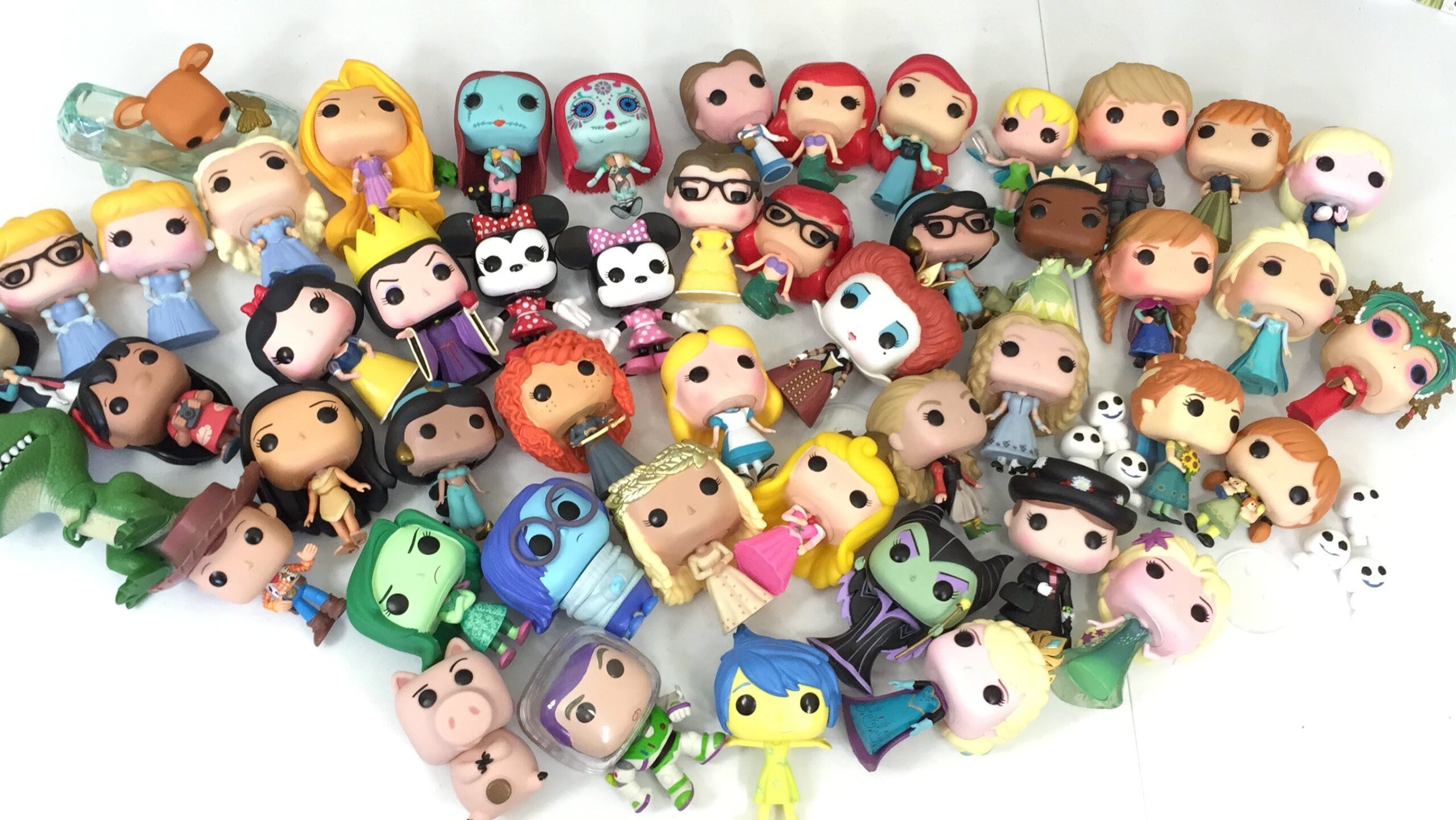
Consolidated Credit
Sometimes your spending spirals out of control. Once you realize that you’ve lost control of your debt, you need a plan of action to get your finances back on track. No matter what situation you’re in, the relief of a debt-free life is a feasible goal. Take these simple steps to assess and then improve your personal finances.
(adsbygoogle = window.adsbygoogle || []).push({});
Be Realistic
If you’ve been burying your head in the sand, it’s time to face facts. “A lot of people will say they’ve got a certain amount of debt — $9,000, let’s say — when in reality, it’s $11,000 or $14,000,” Cate Williams, Vice President of Financial Literacy for Money Management International, told CreditCards.com. She’s right, of course; it’s impossible to hit your target if you don’t know what you’re aiming for.
Action step: Write down your debts, including the interest rate, on every card you have.
Pick Up the Phone
Speaking of those interest rates, getting them lowered can be as simple as picking up the phone. Get on the horn, as they say, and ask nicely. Even a reduction by a point or two can earn you big savings.
Action step: Here’s a script for exactly what to stay on the phone with credit card customer service.
Pick Your Strategy
Paying off credit card debt is not a game of chance. You’ll need a strategy to lessen the financial burden you’re carrying month to month. What are your options? Think of snow:
- The Avalanche Method: You pay off your highest-interest card first, erasing your debt as quickly and efficiently as possible. With this method, you’ll save hundreds or even thousands on interest charges in the long run. The downside is that it’s arguably the most painful to execute. Action step: Make minimum payments on all of your cards except the one with the highest APR. For the card account with the highest APR, pay as much as you can afford. When that card is paid off, apply that same amount to the card with the next highest interest rate.
- The Snowball Method: What the avalanche saves you in money, the snowball saves you in morale. What this method offers is a psychological advantage. If paying off the smallest balance first will give you the confidence and headwind to carry out your debt payments, then this method may be for you. Action step: Make the minimum payments on all your accounts except the one with the smallest balance. For the card with the lowest balance, pay as much as you can afford. When that card is down to zero, repeat the process by paying the same amount to the card with the next-lowest balance.
- The Blizzard Method: You combine the best of both strategies by paying off the smallest balance first and then moving on to wipe out the highest-interest balance next. Combine the best of both, and you’ve got a blizzard.
“The avalanche saves the most money, but some folks prefer a quick win with the snowball method,” Beverly Harzog, author of The Debt Escape Plan, tells Credit Karma. “The blizzard combines both — you get the emotional boost and then you can save money by using the avalanche.”
Transfer Your Debt to a 0% Interest Card
You may be able to tackle your debt with no interest at all by transferring a high-interest debt to a single card using a balance transfer. Many balance transfer cards allow you to pay 0 percent interest on your balance for a set amount of time, allowing you to pay more toward your principal and reduce the overall amount of time it’ll take you to wipe out your debt.
Action step: Check out NerdWallet to see what the current best cards are.
Make a Budget
You need to figure out where your money is going — aka how you got into debt in the first place. Harzog, who paid off more than $20,000 of her credit card debt, says it takes persistence, self-discipline, and “a darned good budget.”
Action step: Sign up for Mint.com or You Need a Budget to help you assess your spending and set up a plan.
Cut Back
Remember the cabbage soup diet? Remember how after three days you were ready to scarf a large supreme pizza? The same principle is at play with living on a budget and paying down debts. An extreme strategy with zero flexibility could quickly activate your desire to rebel and spend more than you can afford, putting you right back where you started.
“Cutting back can be more effective than cutting out,” Gail Cunningham, the former spokeswoman for the National Foundation for Credit Counseling, told CreditCards.com. “It’s hard to adjust your lifestyle too dramatically, and often, little adjustments can add up to big savings.”
Instead of making a No Dining Out rule, limit restaurant visits to once per week and cap your drinks at two. Instead of cutting the cable cord altogether, cut out the premium channels; don’t go without heat, but try lowering the thermostat by a degree or two.
Action step: Write down three ways you can cut back on some of your splurges and downgrade or cancel some of your services starting today.
Put Your Credit Cards on Ice
We mean that literally. Put your credit cards in a cup or bowl of water and place it in the freezer. You’ll still have the card(s) for emergencies, but they won’t be in your wallet. Clear any stored credit card data off your computer, too.
Have a Smart Social Life
Derek Sall paid off $116,000 worth of debt before age 30 when he stopped trying to keep up with his friends, especially the luxury-filled highlight reel social media versions of their lives.
“The best tip I can give is just live your own life,” Sall told CNBC. “The best way to just live simply and be content is just to turn it all off and hardly pay attention to it at all. Because that’s what gets people in the most trouble. They see ‘Oh, my friend went on this great vacation, and I wish we could do that!'”
Action step: If you need a digital social media detox to limit the visual envy and distractions, delete the apps off your phone.
Stay Focused
Remember why you’re doing this. Will paying off your credit card debt allow you to save for a down payment on a house or stop panicking when you open the mailbox?
Action plan: Write your goals down and tack them to the fridge or bathroom mirror. Put a picture in your wallet of your dream house or something that represents financial peace to you. Join a money-saving community on Facebook or post regularly to forums where you can vent, be motivated, and remember you’re not the only one in your position.
Keep Healthy Financial Habits
As you pay off your debts, think about healthy spending and saving habits. In particular, practice differentiating between wants and needs. Food and shelter are needs; bills and emergency funds are, too.
But wants are those ads you see on Instagram, a $14 French martini, a new spring blouse. When it comes to spending, make sure your needs are taking precedence over your wants.
Action step: You made that budget. Stick to it.
“Staying out of debt isn’t a big mystery,” Regina Blackwell, a certified budget counselor at credit counseling service Transformance, tells Credit Karma. “Account for your money. Live within your means. Don’t spend what you don’t have. After becoming debt-free, apply the lessons you’ve learned and work toward the establishment of healthy financial habits.”
(adsbygoogle = window.adsbygoogle || []).push({});
- The Avalanche Method: You pay off your highest-interest card first, erasing your debt as quickly and efficiently as possible. With this method, you'll save hundreds or even thousands on interest charges in the long run. The downside is that it's arguably the most painful to execute. Action step: Make minimum payments on all of your cards except the one with the highest APR. For the card account with the highest APR, pay as much as you can afford. When that card is paid off, apply that same amount to the card with the next highest interest rate.
- The Snowball Method: What the avalanche saves you in money, the snowball saves you in morale. What this method offers is a psychological advantage. If paying off the smallest balance first will give you the confidence and headwind to carry out your debt payments, then this method may be for you. Action step: Make the minimum payments on all your accounts except the one with the smallest balance. For the card with the lowest balance, pay as much as you can afford. When that card is down to zero, repeat the process by paying the same amount to the card with the next-lowest balance.
- The Blizzard Method: You combine the best of both strategies by paying off the smallest balance first and then moving on to wipe out the highest-interest balance next. Combine the best of both, and you've got a blizzard.
"The avalanche saves the most money, but some folks prefer a quick win with the snowball method," Beverly Harzog, author of The Debt Escape Plan, tells Credit Karma. "The blizzard combines both — you get the emotional boost and then you can save money by using the avalanche."
Transfer Your Debt to a 0% Interest Card
You may be able to tackle your debt with no interest at all by transferring a high-interest debt to a single card using a balance transfer. Many balance transfer cards allow you to pay 0 percent interest on your balance for a set amount of time, allowing you to pay more toward your principal and reduce the overall amount of time it'll take you to wipe out your debt.
Action step: Check out NerdWallet to see what the current best cards are.
Make a Budget
You need to figure out where your money is going — aka how you got into debt in the first place. Harzog, who paid off more than $20,000 of her credit card debt, says it takes persistence, self-discipline, and "a darned good budget."
Action step: Sign up for Mint.com or You Need a Budget to help you assess your spending and set up a plan.
Cut Back
Remember the cabbage soup diet? Remember how after three days you were ready to scarf a large supreme pizza? The same principle is at play with living on a budget and paying down debts. An extreme strategy with zero flexibility could quickly activate your desire to rebel and spend more than you can afford, putting you right back where you started.
"Cutting back can be more effective than cutting out," Gail Cunningham, the former spokeswoman for the National Foundation for Credit Counseling, told CreditCards.com. "It's hard to adjust your lifestyle too dramatically, and often, little adjustments can add up to big savings."
Instead of making a No Dining Out rule, limit restaurant visits to once per week and cap your drinks at two. Instead of cutting the cable cord altogether, cut out the premium channels; don't go without heat, but try lowering the thermostat by a degree or two.
Action step: Write down three ways you can cut back on some of your splurges and downgrade or cancel some of your services starting today.
Put Your Credit Cards on Ice
We mean that literally. Put your credit cards in a cup or bowl of water and place it in the freezer. You'll still have the card(s) for emergencies, but they won't be in your wallet. Clear any stored credit card data off your computer, too.
Have a Smart Social Life
Derek Sall paid off $116,000 worth of debt before age 30 when he stopped trying to keep up with his friends, especially the luxury-filled highlight reel social media versions of their lives.
"The best tip I can give is just live your own life," Sall told CNBC. "The best way to just live simply and be content is just to turn it all off and hardly pay attention to it at all. Because that's what gets people in the most trouble. They see 'Oh, my friend went on this great vacation, and I wish we could do that!'"
Action step: If you need a digital social media detox to limit the visual envy and distractions, delete the apps off your phone.
Stay Focused
Remember why you're doing this. Will paying off your credit card debt allow you to save for a down payment on a house or stop panicking when you open the mailbox?
Action plan: Write your goals down and tack them to the fridge or bathroom mirror. Put a picture in your wallet of your dream house or something that represents financial peace to you. Join a money-saving community on Facebook or post regularly to forums where you can vent, be motivated, and remember you're not the only one in your position.
Keep Healthy Financial Habits
As you pay off your debts, think about healthy spending and saving habits. In particular, practice differentiating between wants and needs. Food and shelter are needs; bills and emergency funds are, too.
But wants are those ads you see on Instagram, a $14 French martini, a new spring blouse. When it comes to spending, make sure your needs are taking precedence over your wants.
Action step: You made that budget. Stick to it.
"Staying out of debt isn't a big mystery," Regina Blackwell, a certified budget counselor at credit counseling service Transformance, tells Credit Karma. "Account for your money. Live within your means. Don't spend what you don't have. After becoming debt-free, apply the lessons you've learned and work toward the establishment of healthy financial habits."
(adsbygoogle = window.adsbygoogle || []).push({});
"










